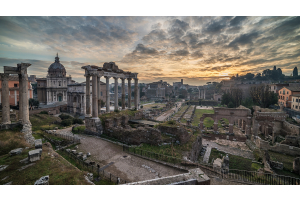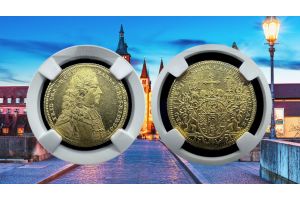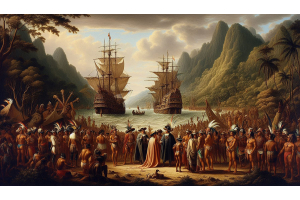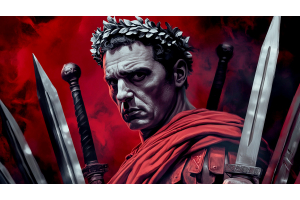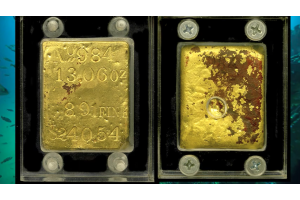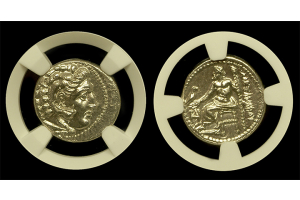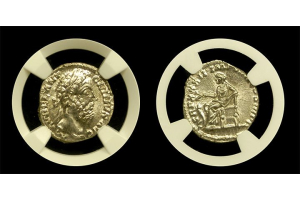Byzantine Empire Gold Solidus
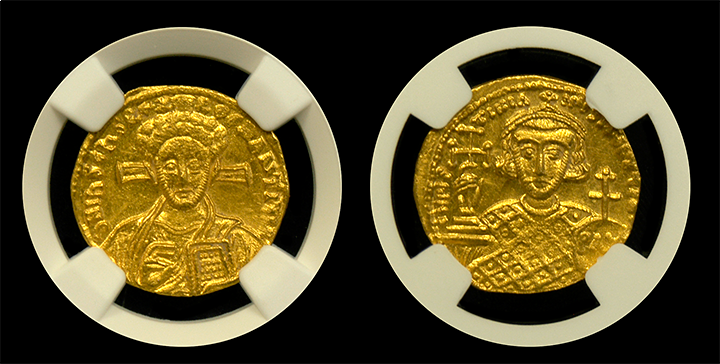
The Roman Empire began fragmenting in the 5th century AD. However, as the Western Empire fell in c. 376-476, the Eastern Roman Empire began to thrive. The name Byzantine Empire, or Byzantium became more popular than calling it the Eastern Roman Empire. There was also a clear power shift from Rome to the new capital city of Constantinople. In short, it was the beginning of a new era. The age when the Byzantine Empire Gold Solidus became a symbol of this new dynasty. One that would last for over a thousand years. Ultimately, falling to the Ottoman Empire in 1453.
Christianity became the official religion. This caused a major cultural shift. In addition, the official language changed from Latin to Greek. All of this, because the Eastern Orthodox church became the dominant power. Although, many Roman traditions were still continued with ease, there was a monumental change. That is to say, this new cultural shift not only influenced economics and coinage. It also changed the way military forces were used throughout Europe. Just think of the Crusades.
For 700 hundred years the solid Gold Nomisma was the premier coin of the Byzantine Empire. Also, commonly referred to as the Solidus, its latin name. The Gold Solidus was first introduced in 312 CE by Emperor Constantine I. It was the emperor who dictated that 72 Solidus equaled one pound of gold. It must also measure between 21 and 22 mm in diameter and weigh 4.4 grams of pure gold. The Gold Solidus long run of 700 years ended abruptly when it was discontinued. This was largely due to Pepin the Short's currency reform. Instead of the Gold Solidus, the silver stavrata and minor copper coins became the coinage of choice.
Gold Solidus - The Dollar of the Middle Ages
The Gold Solidus was the considered the Dollar of the Middle Ages. It was the symbol of imperial power in Byzantium. They were popular and willingly accepted everywhere in the then-known world. This was because they were revered, admired, and copied by many kingdoms. Therefore, the solidus became the true dollar of the Middle Ages throughout Europe and Asia.
Some of the first Byzantine coins featured Christian symbols. Eventually, they included the bust of Christ on the obverse. Emperor Justinian II was the first to adorn the reverse of the Gold Solidus. Subsequently, these coins are highly prized by many collectors today. The artwork is amazing and it is hard to believe that Justinian II Gold Solidus coins were minted 1,300 years ago.
Gold Solidus in mint state condition and perfectly centered are the most desired. The coin below (featured in the video) is a great example! It is one the highest grades. Byzantine coins, like this one, are considered significant "ancient coins" today. This is because they are direct extensions of earlier Roman coinage. These are biblical times that we are talking about. They are pieces of history you can hold in your hand. Above all, you have to wonder who's hands these coins have been held by throughout history.





